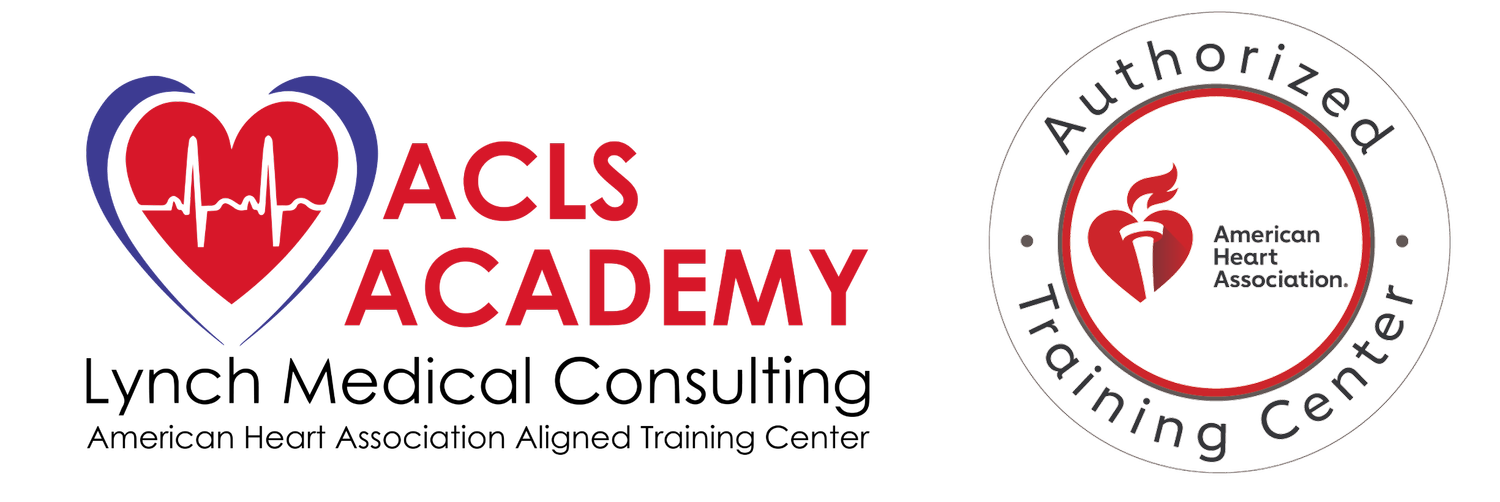Learn CPR and be in a position to jump into action with this important lifesaving skill. CPR is an acronym for Cardiopulmonary Resuscitation. CPR is critical in instances where a person's heart stops beating or they stop breathing. Rapid chest compressions mimic the heart beating to encourage blood flow, which can help the victim until additional help arrives.
Being CPR trained means you know how to quickly and properly administer CPR. This can mean life or death for someone in medical distress. Those responsible for children, the elderly , or anyone not fully capable of taking care of themselves should consider CPR training and anyone in a position that requires them to be around the water, live electrical lines or do other dangerous activities regularly.
If you are not convinced yet, here are some additional reasons to ponder:
1. CPR Saves Lives
Sudden Cardiac Arrest (SCA) can happen to people at any time or place. Victims of SCA must be treated immediately. If CPR is performed immediately, it can double or triple the chance of survival from an out-of-hospital cardiac arrest.
2. CPR Makes Home Safer for Everyone
Cardiac Arrests Often Happen at Home. About 350,000 cardiac arrests happen outside of hospitals each year—and about 7 in 10 of those happen at home. Learning CPR can empower you to take action and provide aid when and where a loved one needs it most.
3. Effective Handling of Emergency Situations
It's natural to panic in emergency situations; however, every minute counts in an emergency. Knowing how to recognize possible symptoms of a heart attack or cardiac arrest that could eventually spin out of control enables you to respond quickly. Many of these possible warning signs are highlighted in our CPR-training course.
4. CPR Protects from Brain Death
During cardiac arrest, the heart stops pumping blood to the brain and other vital organs. As a result of a decrease in blood flow to the brain, a victim will fall unconscious. The brain can suffer damage in as few as three minutes without proper blood flow. After nine minutes without blood flow to the brain, there can be irreversible damage. CPR helps to keep blood flowing and may help minimize the damage to the victim.
5. Faster Recovery for the Victim
CPR can help restore breathing and blood flow, aiding in the person's recovery. When a person suffers SCA and receives early CPR, they have a higher survival and recovery rate. Sometimes, the victim may return to life with minimal side effects after receiving high-quality CPR.
6. Quick and Easy to learn
Some things may be a struggle, but CPR, like other physical skills, can be easily mastered with sufficient hands-on training and practice. CPR courses can take anywhere from 2-4 hours long in duration. The steps are fairly simple, and in our hands-on Skills Training class, you'll use a CPR training mannequin to learn exactly where and how hard you need to press to provide effective chest compressions. For those who are reluctant to learn CPR for fear of "doing it wrong" or causing physical harm to the victim, remember that CPR is designed for someone who isn't breathing and doesn't have a heartbeat. They are clinically dead. You cannot make their condition worse. As a bystander, the only wrong thing you could do is nothing at all. We strongly doubt anything you can learn in about 2-4 hours is as effective as this.
7. A Skill You'll Want To Know, But Hopefully Never Need to Use
Unlike useless high-school and maybe college skills you never once used outside the classroom, CPR can be used everywhere and anywhere. If you face a stressful situation, let it be one you know you can handle and not something you wish you could have.
ACLS Academy CPR Heartsaver Courses
At ACLS Academy, we have 3 different variations of Heartsaver CPR courses: 1) HEARTSAVER CPR/AED/FIRST AID, 2) HEARTSAVER CPR/AED, OR 3) PEDIATRIC CPR/AED/FIRST AID
American Heart Association Heartsaver courses are designed to prepare non-healthcare providers for the ability to effectively administer CPR, including the use of AEDs for adult, child, and/ or infant responses. These courses are typically required for lifeguards, physical trainers, restaurant workers, coaches, and similar groups. In addition to CPR & AED use, the Heartsaver course offers an additional, supplemental First Aid training component which can be done as a stand-alone course or as an add-on to the CPR & AED training.
Our Heartsaver course covers the following:
Responding to and managing illnesses and injuries in adults, children, and infants.
First aid basics for common first aid emergencies.
How to perform lifesaving skills.
How to recognize cardiac arrest and what to do until EMS arrives.
Our Heartsaver Blended Learning courses include an online portion and a hands-on skills session. The online portion provides the flexibility of completing training at your own pace, either at work, at home, or wherever you have Internet access. The hands-on portion includes a skills practice and testing session conducted in person with an AHA Instructor. The skills session can take approximately 1-2 hours.
Sign up here for ACLS Academy's Heartsaver courses, or contact us for questions or additional information.


